According to Met Éireann, the Irish Meteorological Service, it rains in Ireland approximately 150 days a year along the east and south east coasts, to about 225 days a year in parts of the west of Ireland. Inclement conditions makes it hard for those living here to exercise outdoors from September to March. Playing surfaces commonly flood in the winter months. Even if the wet conditions don’t stop you, bad weather often makes for more of an unpleasant experience. I often wonder whether we might be a fitter nation in the summer months owing to our climate?
Now that April has arrived the uptake of one super public health initiative will likely get going again - organised road running. This usually comes in the format of races, usually between 3km and 10km. There seems to be an increase in the frequency of these events over the past decade. Many races serve the function of fundraisers for sporting clubs and often a proportion of the proceeds are given to charity. In Munster these events are usually located in rural areas or suburban towns. I would guess that the same is probably true for much of the country given the economics of organising these races. Locating a race outside of major urban areas probably ensures lower organisation costs. The Irish times estimated the cost of holding a race in Dublin some time ago, something which is expensive given the price of road closures and policing.
The personal costs of taking part in these events are low, the only sporting equipment needed is relatively suitable footwear. The entry fee is approximately €10. Importantly, the races are inclusive, accommodating all runners from serious athletes to amateurs and even children that just want to run for fun. Given the health benefits and positive externalities (a great community spirit materialises), these events may warrant support or subsidies from local councils.
Below is the number of road roads, fun runs, trail races and mountain races taking place in the counties of Munster between April and August. I gathered these from numerous blogs and websites online. Cork leads the way. I could find 126 events in total.
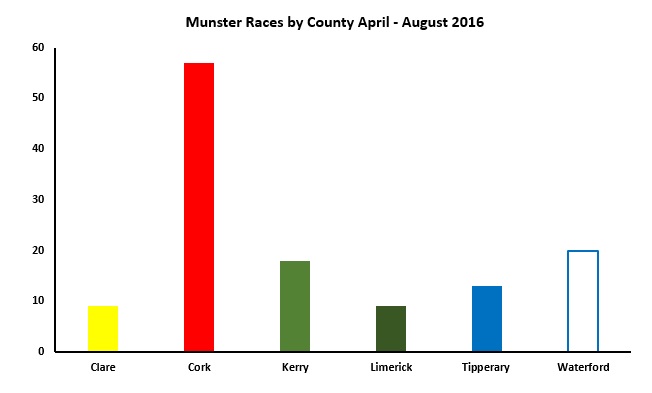

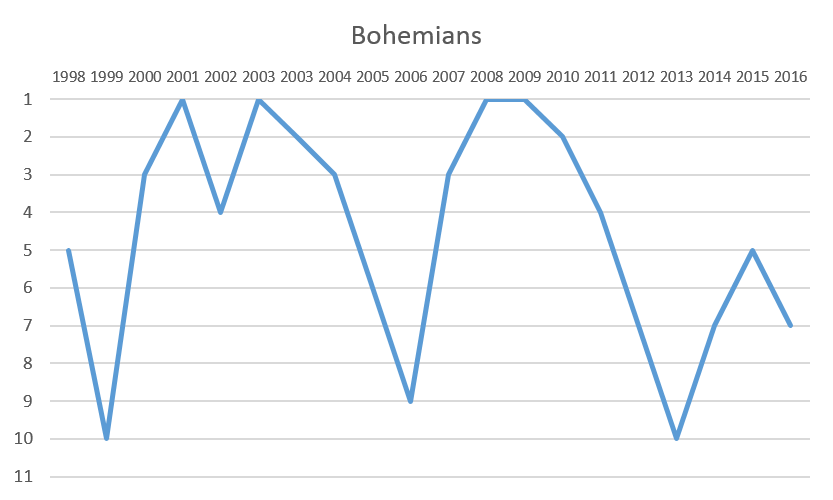
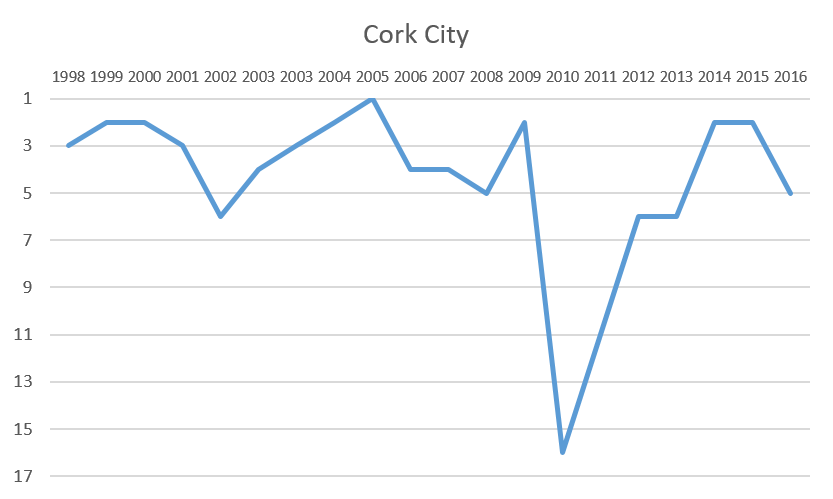
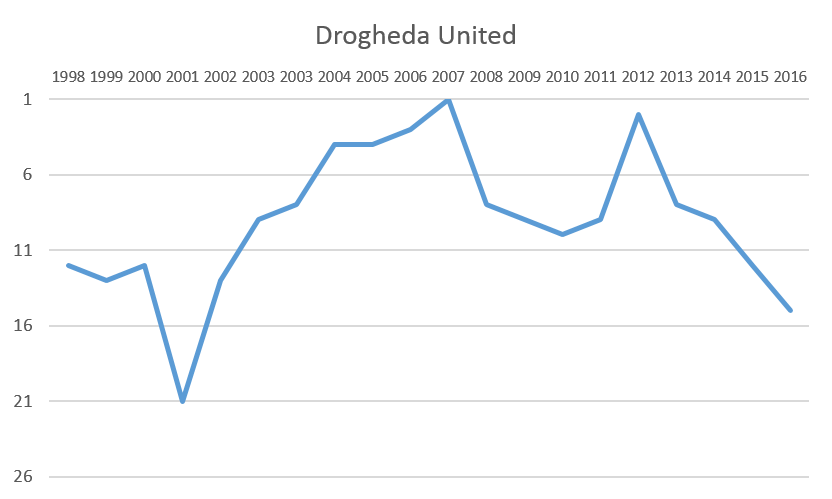
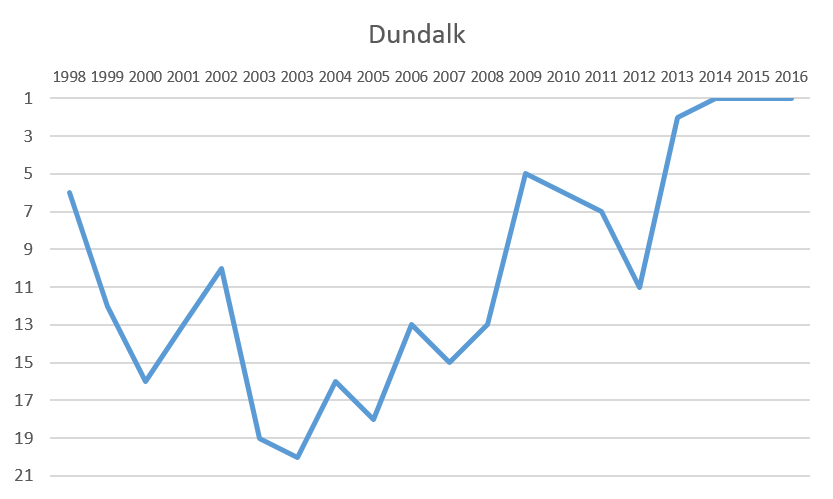
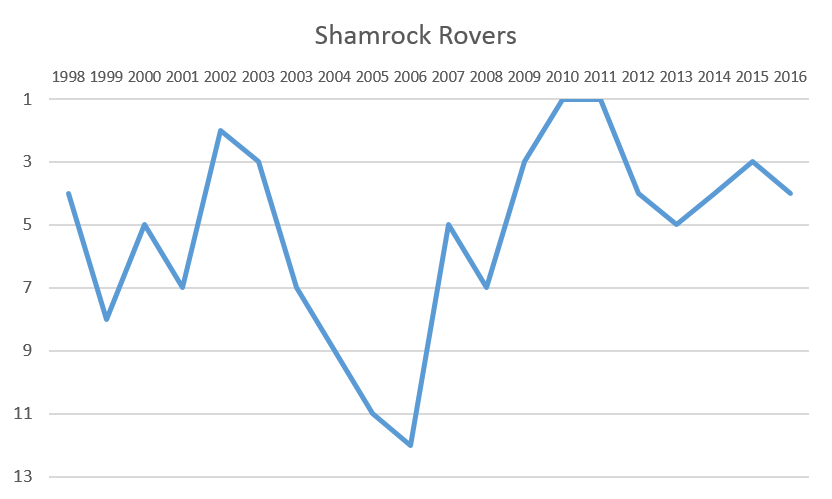
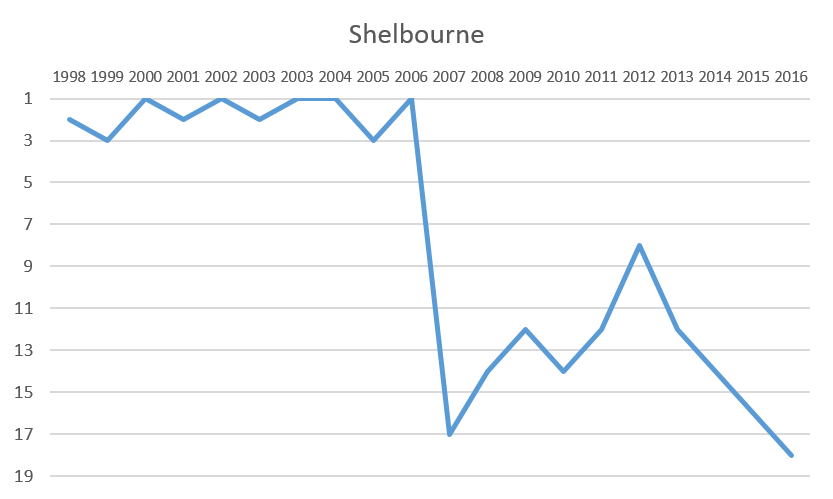
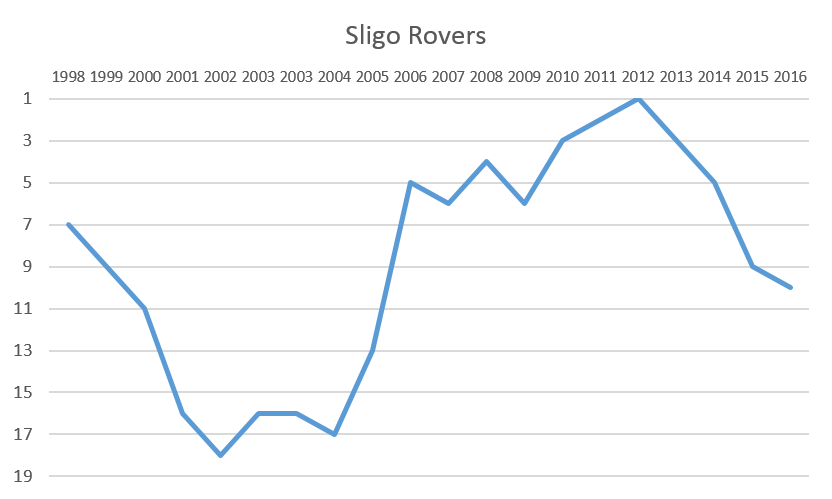
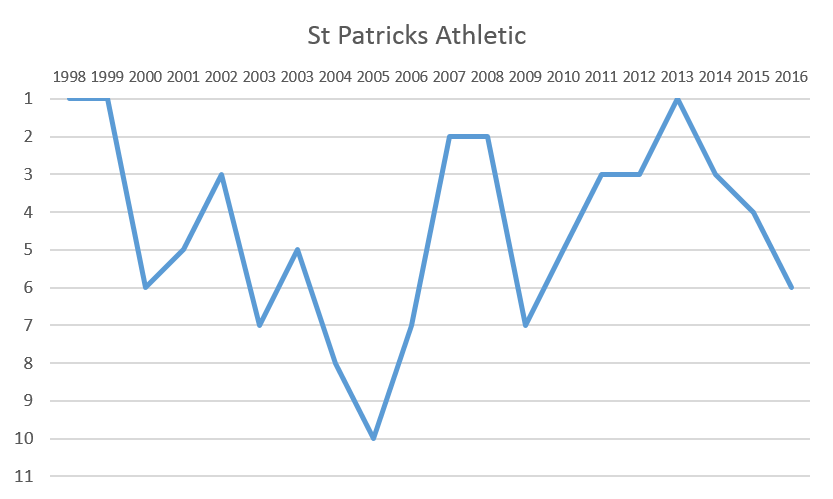
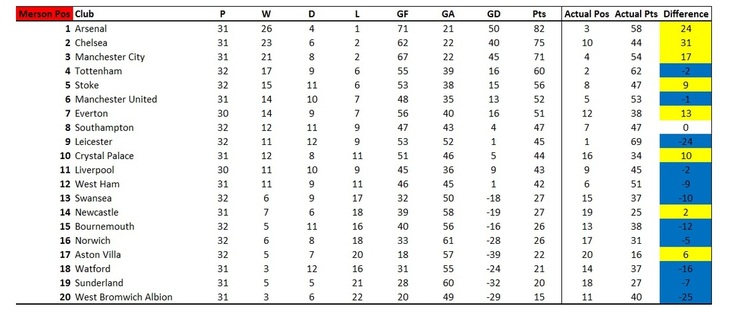
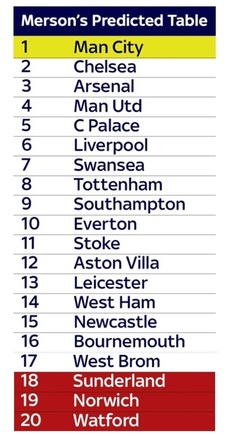

 RSS Feed
RSS Feed